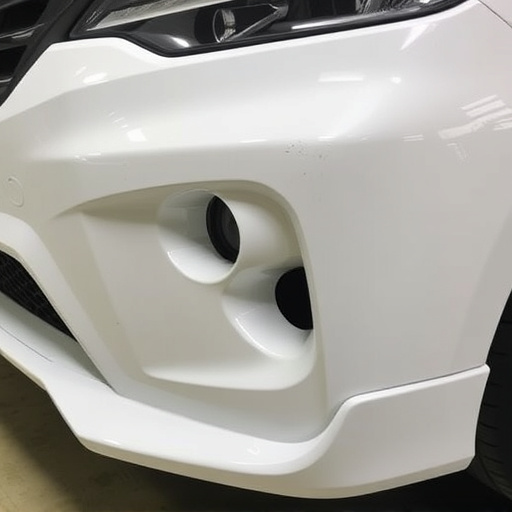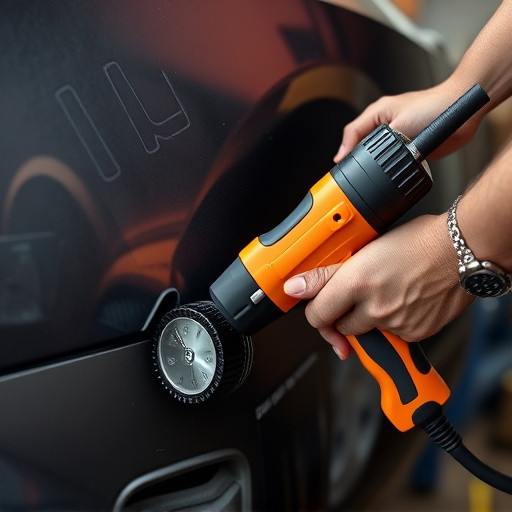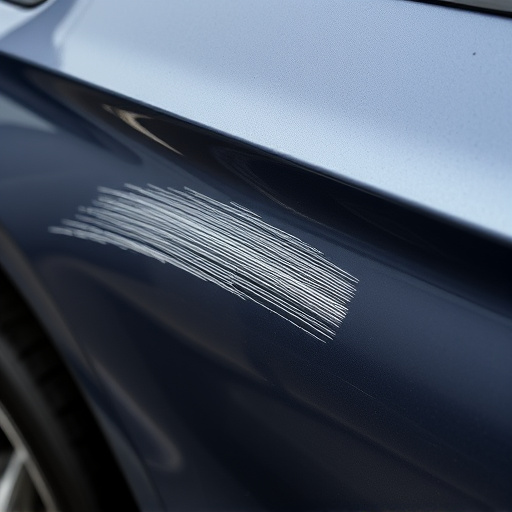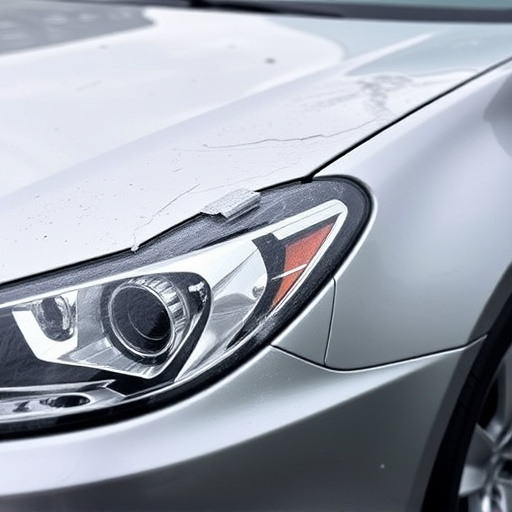Mercedes THERMOTRONIC climate control issues stem from degraded air quality sensors caused by dust, faulty wiring, or extreme temps. Specialized repair shops diagnose problems using advanced tools, pinpointing faulty sensors for effective Mercedes THERMOTRONIC repairs. Repairs involve removing the sensor, inspecting for damage, replacing with a new part, reattaching connectors, and thorough testing for optimal performance and environmental cleanliness.
Experiencing poor air quality in your Mercedes? The issue might lie with the Thermotronic system, a complex network critical for optimal climate control. This guide tackles common Thermotronic failures, particularly focusing on air quality sensor malfunctions. Learn how to diagnose these problems and follow detailed repair steps to ensure not only efficient heating and cooling but also improved vehicle cleanliness. Conquer Mercedes THERMOTRONIC repairs with this comprehensive resource.
- Understanding Mercedes THERMOTRONIC System Failures
- Diagnosing Air Quality Sensor Malfunctions
- Repair Steps for Optimal Efficiency and Cleanliness
Understanding Mercedes THERMOTRONIC System Failures

The Mercedes THERMOTRONIC system is a sophisticated climate control mechanism designed to maintain optimal cabin temperatures. However, like any complex automotive component, it’s prone to malfunctions, often indicated by issues with the air quality sensor. When this happens, addressing the problem promptly through a Mercedes THERMOTRONIC repair is crucial for ensuring the system functions at peak efficiency again.
Understanding the nature of these failures involves recognizing that the air quality sensor plays a vital role in monitoring and regulating indoor air quality. Over time, factors like dust buildup, faulty wiring, or even extreme temperature fluctuations can lead to sensor degradation. This, in turn, impacts the entire THERMOTRONIC system’s performance, potentially causing uncomfortable cabin environments. Therefore, when dealing with such issues, it’s recommended to seek services from a reputable vehicle body shop specializing in autobody repairs for accurate diagnosis and effective car body repair.
Diagnosing Air Quality Sensor Malfunctions

Diagnosing Air Quality Sensor Malfunctions in Mercedes THERMOTRONIC systems is a meticulous process that requires specialized automotive expertise. These sensors play a vital role in maintaining optimal cabin air quality, regulating temperature, and ensuring passenger comfort. When a malfunction occurs, it can lead to various issues, from unusual odors to inefficient climate control. Mechanics employ advanced diagnostic tools to identify the problem, tracing the issue back to the sensor itself or other interconnected components.
Proper diagnosis involves a systematic approach, including checking for power supply disruptions, wiring damage, or loose connections. By comparing readings with known good sensors and referring to vehicle-specific repair manuals, technicians can pinpoint the faulty air quality sensor. This process is crucial in ensuring that any subsequent Mercedes THERMOTRONIC repair is accurately targeted, effectively addressing the root cause of the malfunction and restoring the vehicle’s climate control system to its full capabilities, including seamless integration with other services like car paint repairs, tire services, or automotive body work.
Repair Steps for Optimal Efficiency and Cleanliness
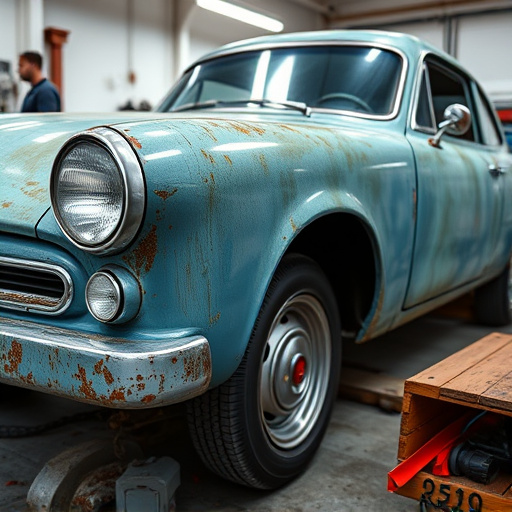
When addressing a Mercedes THERMOTRONIC repair after an air quality sensor malfunction, it’s crucial to follow precise steps for optimal efficiency and cleanliness. Begin by identifying the faulty sensor using diagnostic tools, ensuring accurate readings of voltage and resistance. Once located, carefully remove the damaged sensor, paying close attention to its connections and surrounding components.
Next, inspect the THERMOTRONIC system for any signs of damage or debris accumulation. Clean the affected areas thoroughly to prevent further contamination, utilizing specialized solutions designed for automotive applications. Replace the sensor with a new, compatible part, reattaching all connectors securely. Following installation, conduct thorough testing to verify proper functionality and ensure the car’s air quality system operates at peak performance, contributing to both efficient auto maintenance and a cleaner environment.
Mercedes THERMOTRONIC systems, known for their advanced climate control, can experience air quality sensor malfunctions. This article has explored the causes of such failures, outlined diagnosis methods, and provided practical repair steps to ensure optimal efficiency and improved air quality in your vehicle. By understanding these processes, you’re better equipped to address potential issues promptly, enhancing both performance and passenger comfort. For any Mercedes THERMOTRONIC repairs, seeking professional guidance is key to achieving the best results.


